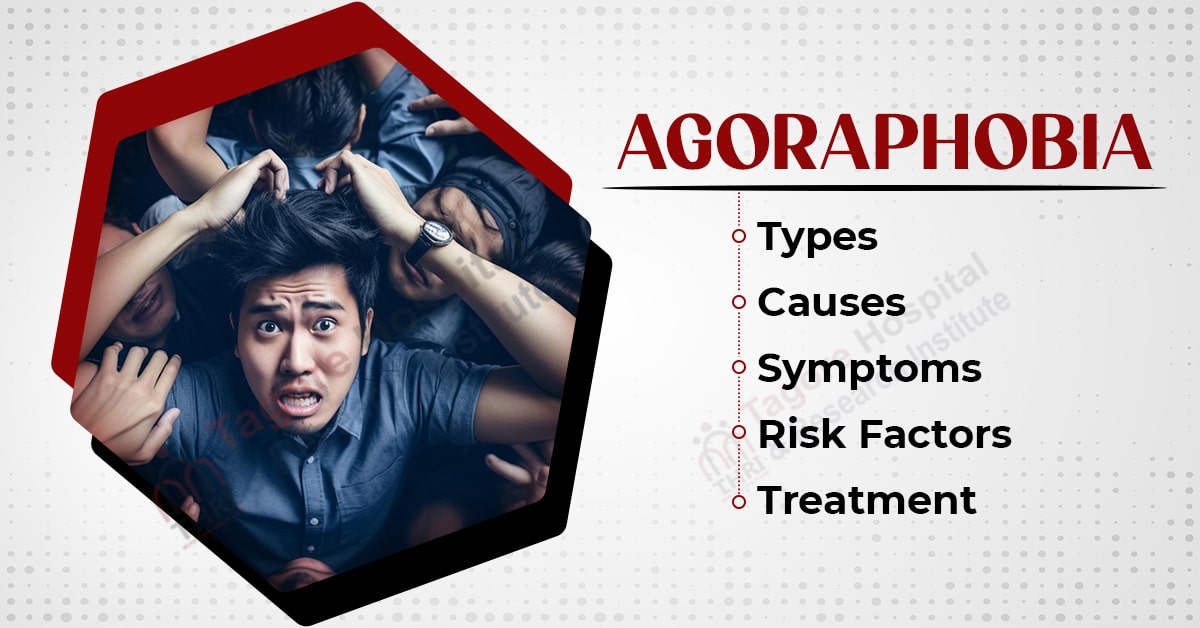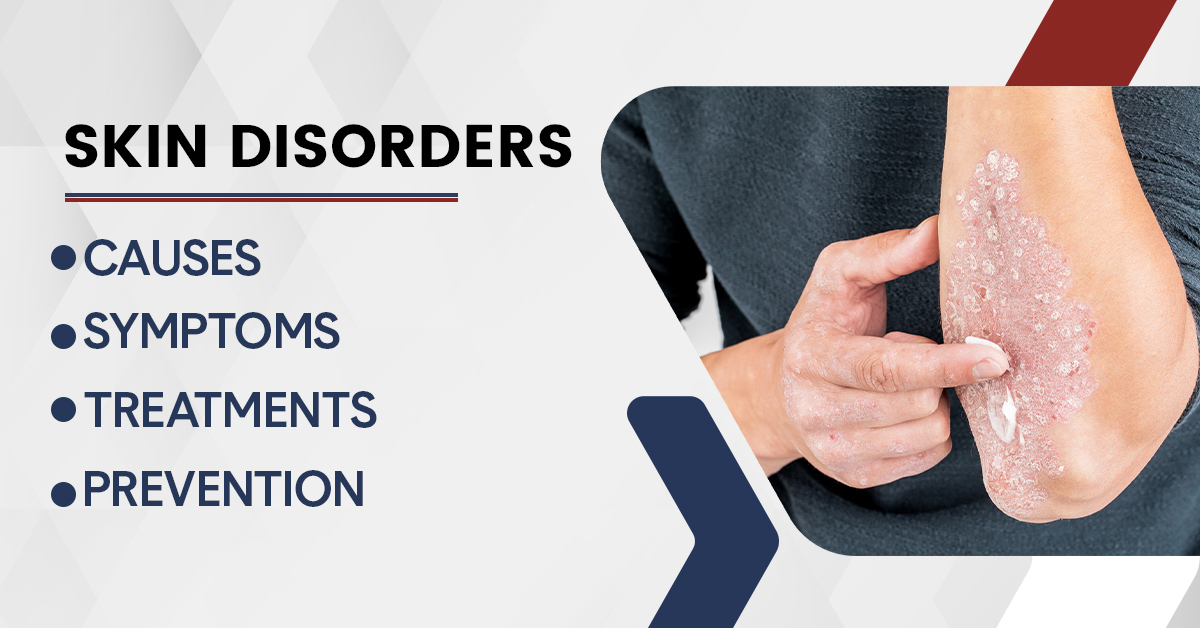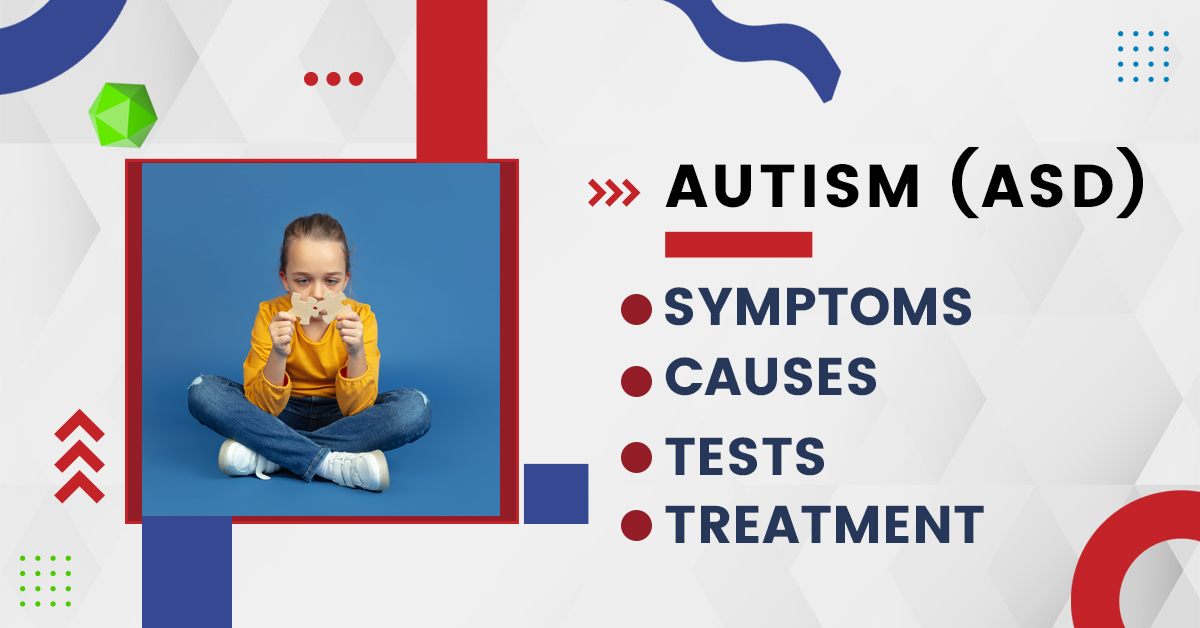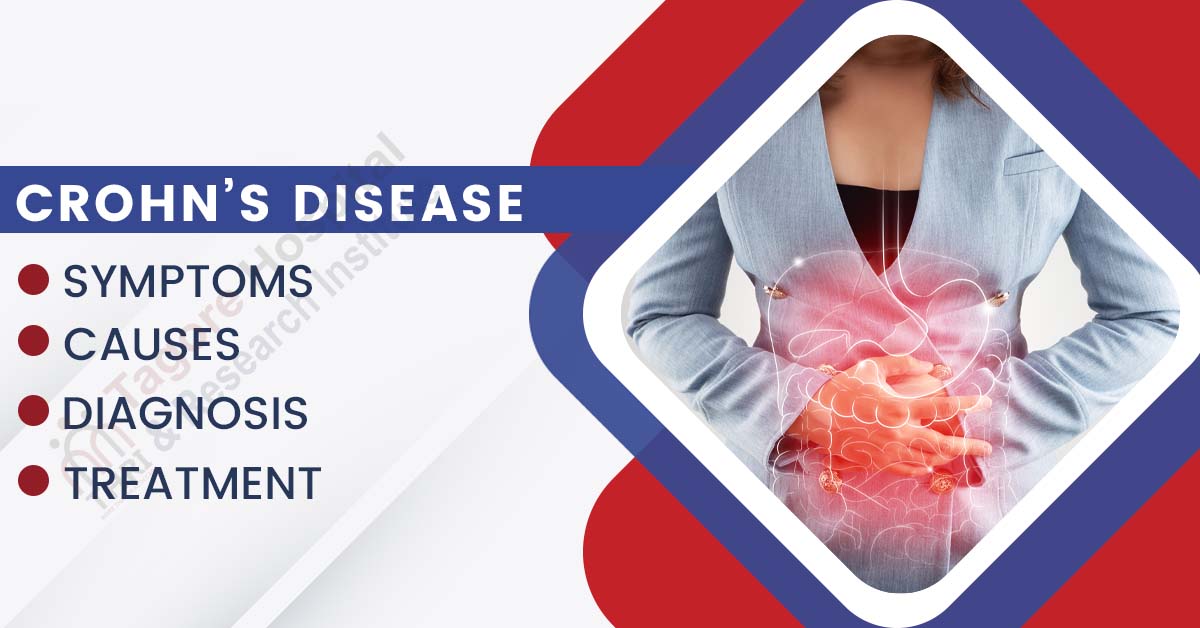- By Tagore Admin
- Posted October 13, 2023
What is Agoraphobia?
Agoraphobia is a kind of anxiety disorder. Agoraphobia is characterized by a fear of and avoidance of environments or circumstances that could elicit panic attacks and feelings of helplessness or embarrassment. You might be afraid of a current or potential situation. For instance, you might fear using public transportation, being in wide-open or cramped areas, waiting in line, or being around a lot of people.
Fear that there is no simple way to escape or get help if the anxiety becomes unbearable is what causes the anxiety. Because of worries about things like getting lost, falling, or having diarrhea and not being able to find a bathroom, you might avoid certain situations. The majority of people who experience agoraphobia do so after experiencing one or more panic attacks, which makes them fearful of experiencing another attack. As a result, they stay away from potential recurrence sites.
The feeling of security in any public setting, especially in busy places and strange places, is frequently difficult for people with agoraphobia. You might think that you need a friend or family member to accompany you when you go out in public. It is possible for the fear to feel so crippling that you feel unable to leave your house.
Types of Agoraphobia
Agoraphobia is an anxiety disorder characterized by an intense fear of situations or places where escape might be difficult or help might not be available in the event of a panic attack or other distressing symptoms. There are several types of agoraphobia, and individuals may experience a combination of these types. These types include:
1. Classic Agoraphobia: This is the most well-known type of agoraphobia. It involves a fear of open spaces, crowded places, and situations where it may be difficult to escape or find help. People with classic agoraphobia often avoid situations like shopping malls, public transportation, and large crowds.
2. Travel Agoraphobia: This type of agoraphobia is specific to the fear of traveling. Individuals with travel agoraphobia may avoid driving, taking public transportation, or even walking or cycling in their neighborhoods.
3. Social Agoraphobia: Some people with agoraphobia fear social situations or interacting with other people. They may avoid parties, gatherings, or any situation where they could be judged or scrutinized by others.
4. Specific Agoraphobia: This type involves fear of a specific situation or place, such as elevators, bridges, tunnels, or public restrooms. These individuals may avoid these places or situations at all costs.
5. Homebound Agoraphobia: In severe cases, individuals with agoraphobia may become homebound. They may avoid leaving their homes entirely and only feel safe within the confines of their residence.
6. Agoraphobia with Panic Disorder: Often, agoraphobia is associated with panic disorder. Individuals with this type of agoraphobia experience panic attacks and their fear is primarily related to having panic attacks in public or unfamiliar places.
You Can Read also:- Conjunctivitis (Pinkeye): Causes, Symptoms Prevention & Treatment
Symptoms of Agoraphobia
Agoraphobia is characterized by the following symptoms:
● Intense fear of situations or places where escape is difficult.
● Avoidance of specific situations, often leading to isolation.
● Anxiety or panic attacks in feared situations.
● Fear of being in public places, crowds, or open spaces.
● Fear of traveling or being far from home.
● Social avoidance and isolation.
● Physical symptoms like rapid heartbeat, sweating, and trembling in response to feared situations.
● Difficulty functioning normally due to fear and avoidance.
● Distress and impairment in daily life due to agoraphobic symptoms.
These symptoms can vary in intensity and may lead to significant impairment in a person's life. Treatment and support are essential for managing agoraphobia.
Causes of Agoraphobia
The exact causes of agoraphobia are not fully understood, but it is likely to be a complex interplay of various factors. Some of the potential contributing factors to the development of agoraphobia include:
● Genetics: Individuals with a family history of anxiety disorders, including agoraphobia, may be at a higher risk.
● Brain Chemistry: Imbalances in certain neurotransmitters in the brain, such as serotonin and norepinephrine, are thought to play a role in the development of anxiety disorders like agoraphobia.
● Traumatic Events: Some people develop agoraphobia following a traumatic experience, such as a car accident, a physical assault, or a near-death experience. These events can trigger the development of anxiety and agoraphobia symptoms.
● Panic Disorder: Many individuals with agoraphobia also have panic disorder. Panic attacks can be so distressing that a person begins to fear the situations where they have previously experienced panic attacks, leading to avoidance behaviors and the development of agoraphobia.
● Environmental Factors: Stressful life events, chronic stress, and a lack of a supportive social network can lead to agoraphobia.
● Personality Traits: People with certain personality traits, such as being more anxious, shy, or perfectionistic, may be more susceptible to developing agoraphobia.
● Learned Behavior: Sometimes, individuals may learn avoidance behaviors from observing the anxious or agoraphobic behavior of a family member.
You Can Read Also:- Chlamydia: Symptoms, Risks, Diagnosis, and Treatment
Risk factors of Agoraphobia
Risk factors for agoraphobia include:
● Family history of anxiety disorders.
● A personal history of panic disorder.
● High levels of stress or trauma.
● Genetic predisposition.
● Certain personality traits.
● Lack of a strong social support system.
● Exposure to significant life stressors.
Diagnosis of Agoraphobia
The diagnosis of agoraphobia typically involves a comprehensive assessment by a mental health professional, such as a psychiatrist or psychologist. The diagnostic process may include the following steps:
● Clinical Interview: The mental health provider will conduct a thorough clinical interview to gather information about the individual's symptoms, medical history, family history, and life circumstances. They will ask about specific fears and avoidance behaviors.
● Diagnostic Criteria: The mental health professional will use the criteria outlined in the Diagnostic and Statistical Manual of Mental Disorders (DSM-5) to determine if the individual's symptoms meet the criteria for agoraphobia. These criteria typically include an intense fear of specific situations or places and avoidance behaviors.
● Rule Out Other Conditions: The clinician will assess whether the individual's symptoms could be attributed to other medical or psychiatric conditions. This may involve ruling out other anxiety disorders, mood disorders, or physical health issues.
● Severity Assessment: The provider will assess the severity of agoraphobia and its impact on the individual's daily life. They may use standardized assessment tools to measure the severity of symptoms.
● Duration of Symptoms: Agoraphobia is diagnosed when the fear and avoidance behaviors persist for at least six months.
● Functional Impairment: The mental health professional will evaluate how agoraphobia is affecting the individual's ability to work, socialize, and engage in daily activities.
● Differential Diagnosis: The clinician will consider whether agoraphobia co-occurs with other conditions, such as panic disorder, social anxiety disorder, or specific phobias.
● Medical Evaluation: In some cases, the provider may recommend a medical evaluation to rule out any physical health conditions that could be contributing to the symptoms.
Once a diagnosis of agoraphobia is made, the individual and their mental health provider can work together to develop a treatment plan. This plan may involve therapy, medication, and lifestyle changes to help manage and alleviate agoraphobic symptoms. Individuals with agoraphobia need to seek professional help for an accurate diagnosis and appropriate treatment.
Treatment of Agoraphobia
The treatment of agoraphobia typically involves a combination of therapeutic approaches and, in some cases, medication. The goal is to reduce anxiety and help individuals regain their ability to function in a wider range of situations and environments. Here are common treatment options for agoraphobia:
● Cognitive-Behavioral Therapy (CBT): CBT is the most effective psychological treatment for agoraphobia. It helps individuals identify and change negative thought patterns and behaviors that contribute to their anxiety and avoidance. Exposure therapy, a component of CBT, involves gradually and safely exposing individuals to feared situations, helping them build confidence and reduce their fear over time.
● Medication: In some cases, medication may be prescribed to help manage the symptoms of agoraphobia. Antidepressants, particularly selective serotonin reuptake inhibitors (SSRIs) and serotonin-norepinephrine reuptake inhibitors (SNRIs) are often used to reduce anxiety and panic symptoms. Benzodiazepines may be prescribed for short-term relief, but they are generally not recommended for long-term use due to the risk of dependency.
● Self-Help Strategies: Individuals with agoraphobia can learn various self-help techniques to manage their anxiety. These may include relaxation techniques, mindfulness, and stress-reduction strategies.
● Support Groups: Joining a support group can provide a sense of community and understanding from others who have experienced similar challenges. Sharing experiences and coping strategies can be beneficial.
● Lifestyle Changes: Healthy lifestyle practices, such as regular exercise, a balanced diet, and adequate sleep, can help reduce anxiety. Avoiding excessive caffeine and alcohol is also important, as they can exacerbate anxiety symptoms.
● Gradual Exposure: With the guidance of a therapist, individuals can use a systematic approach to gradually confront and become more comfortable with feared situations. This approach is often incorporated into CBT.
● Teletherapy: Online or remote therapy options can be helpful for individuals with agoraphobia who may have difficulty attending in-person therapy sessions.
● Medication Management: If medication is prescribed, it's important to follow the recommended treatment plan and attend regular follow-up appointments with a healthcare provider to monitor its effectiveness and make any necessary adjustments.
Tags





